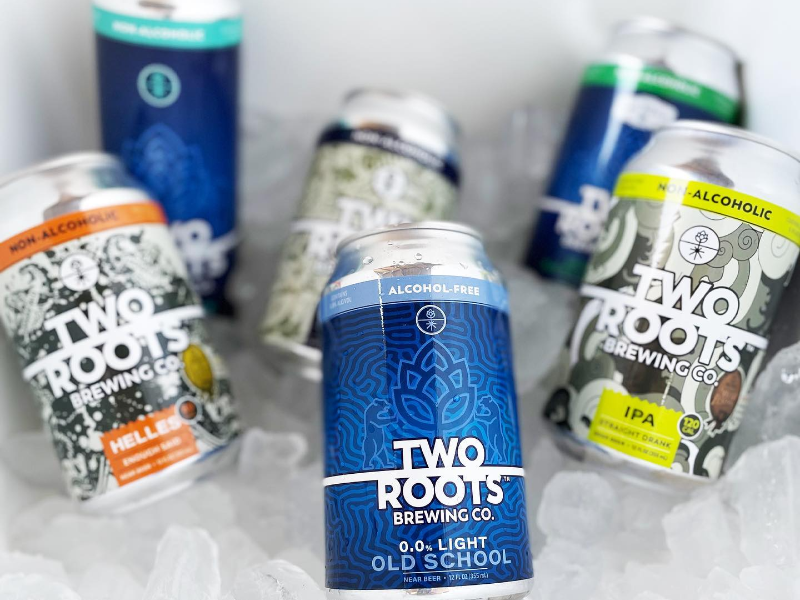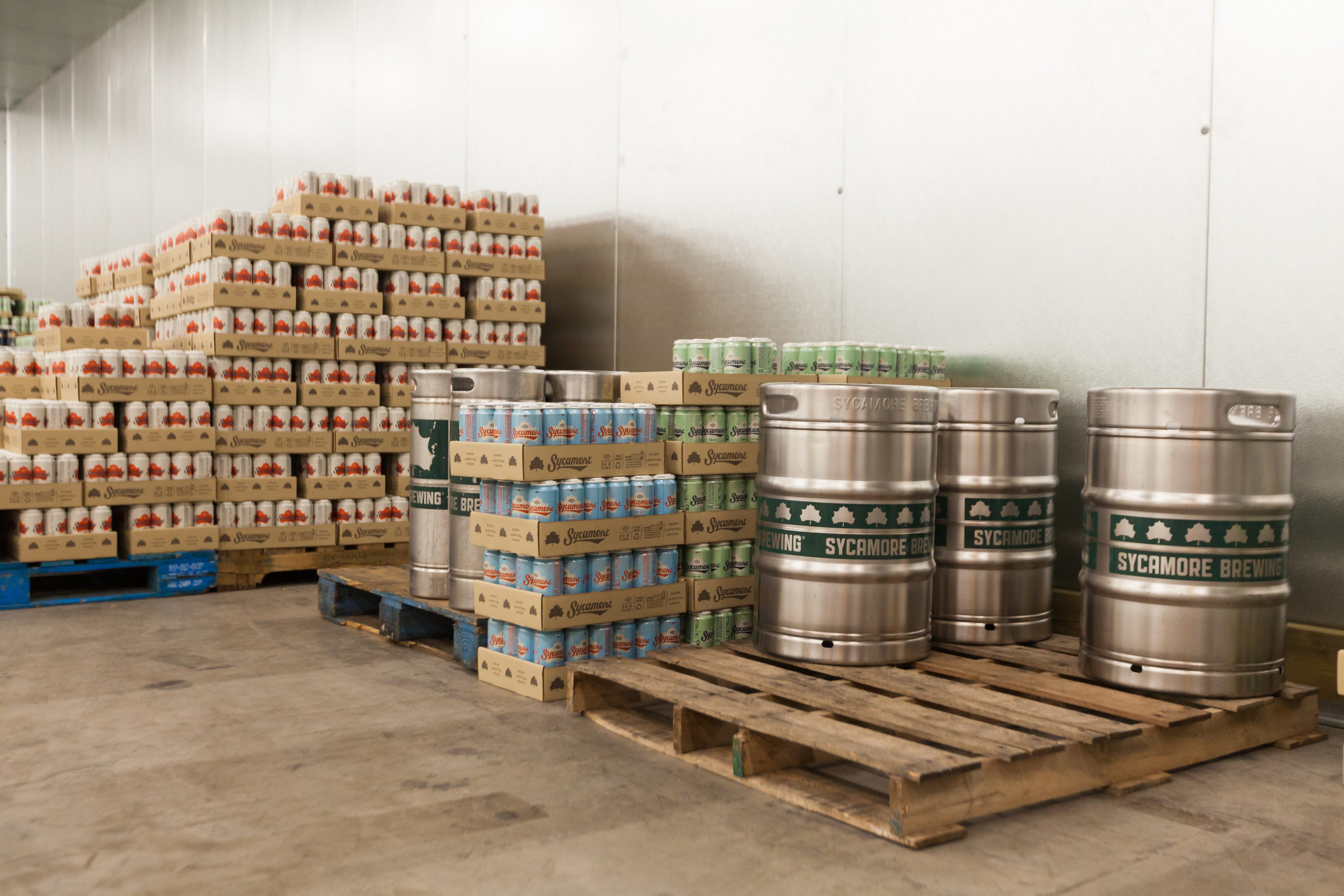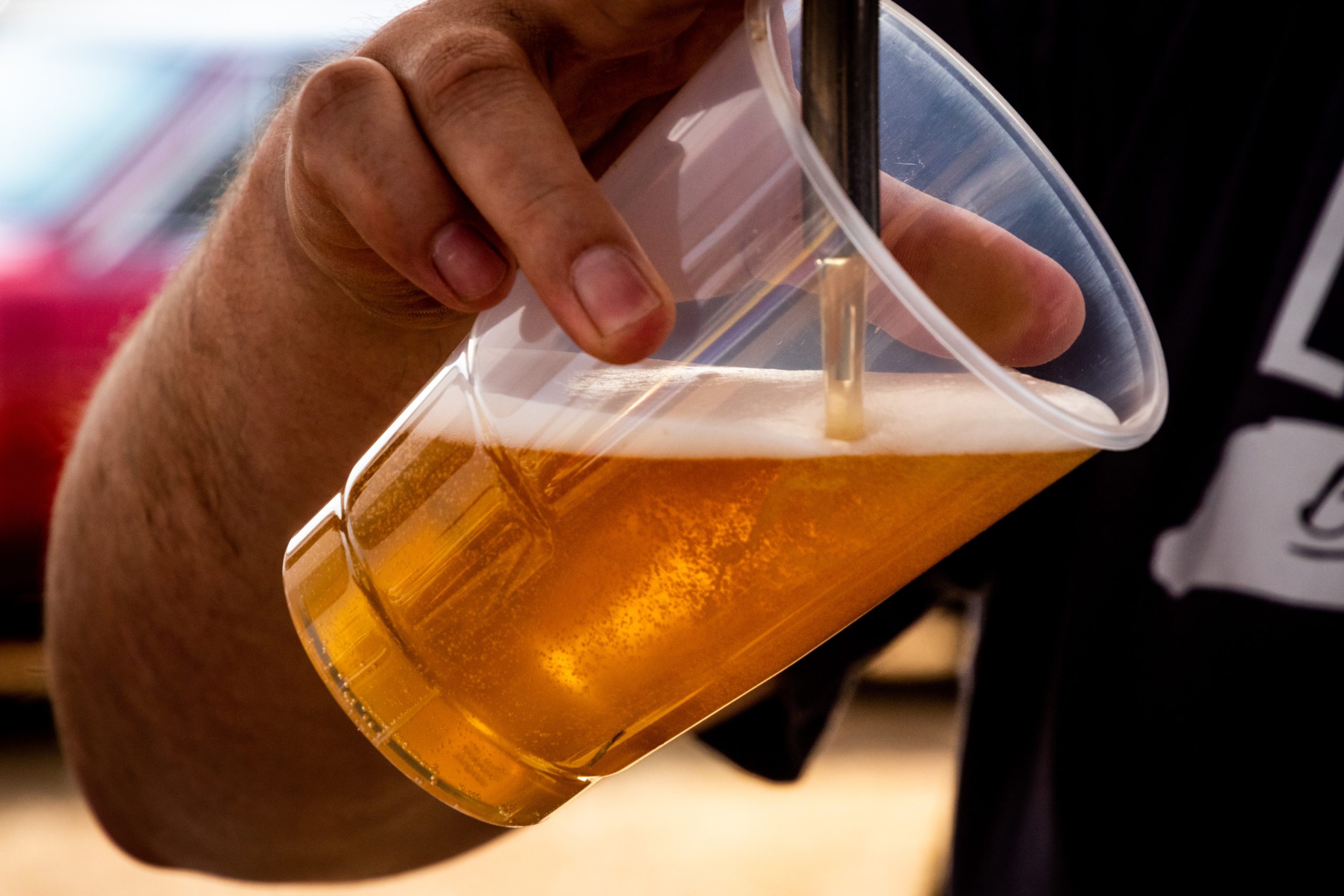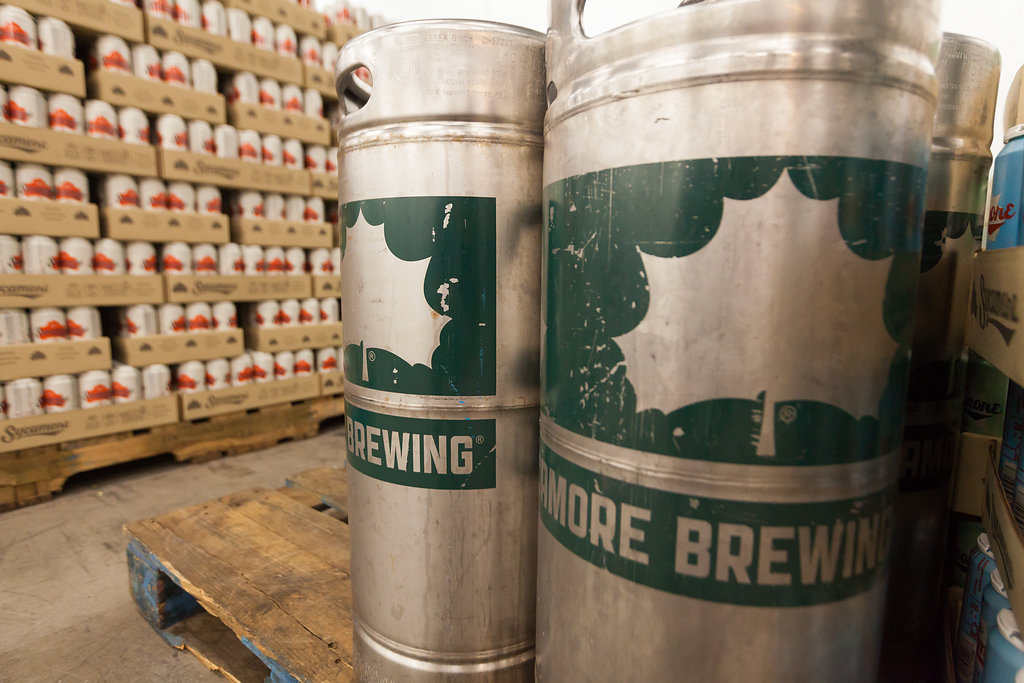When operating a brewery, you need to spend some time determining what products are going to make up your menu. You could stick to a small offering of craft beers, however, you’re likely doing yourself a disservice if you aren’t appealing to your entire customer base. Instead, you should be optimizing your product mix in a way that keeps existing customers happy and attracts new guests who want to try your products.
Instead of catering to a very niche group of customers, consider what product offerings will be inclusive to your entire audience, while also lowering operational costs and increasing product margins. There are quite a few factors to consider when determining which products to make and how much of them to produce. Follow along as we explore each of these factors.
Factors to Consider When Optimizing Your Product Offerings
Determining your product mix can be a daunting job. You need to find a way to incorporate popular choices that drive high profits while appeasing an audience that may not enjoy beer. Here are a few of the many factors to consider when optimizing your product mix.
Trends
Although trends may come and go, you don’t want to miss your chance to strike while the iron is hot. Even if your bread and butter are hazy IPAs, your brewery can benefit from incorporating trendy beverage choices that add a bit of variety to your menu.
A recent example of this is the surge in popularity of hard seltzers. White Claw was an early adopter to the fad, but many breweries followed suit and added hard seltzers to their beer portfolio. Following the latest trends not only expands your reach to a wider audience but demonstrates that your brewery is open to trying new ideas and doesn’t just stick to the same old offerings year after year.
Another easy way to incorporate the latest “trends” is to add a few rotating seasonal products to your mix. It’s no surprise that people love an excuse to get out of the house for an afternoon of fun. Why not offer a seasonal selection that ensures there is a reason for your customers to return month after month? Plus, who doesn’t love the novelty of a seasonal craft beverage? From pumpkin spice beer in the fall to a summer shandy in the hot summer months, there are countless ways you can include a seasonal rotation in your product mix.
Profit Margins
Just because a particular product on your menu is your best seller doesn’t mean it’s the money maker for your brewery. As a brewery manager, you must understand the profit margins on each product in your inventory. How much does each beer or cider cost? Which products are the most cost-effective to make? What beers are the most expensive to make? Which product provides the highest profit?
Understanding the profit margins ensures that you have a mix of products at any given time that will help even out your profits. If you have a catalog of 10 beers that you rotate, you don’t want all of the products with the lowest profit margins appearing in your product mix at the same time. Instead, you should mix and match a few beers with high profits with lower profits, helping you balance out your brewery’s profits that month. When possible, you always want to include as many profit-driving options to drive the most revenue for your business.
Best Sellers
Is there a particular beer or cider that is your top seller? Depending on the size of your product portfolio, you may have one beverage that stands out, or you could have a few that are the best sellers. While you always want to be adding new options into the mix, you don’t want to stray too far away from your best sellers.
Whether you’re rotating out a seasonal selection, adding hard seltzers to your menu, or creating new beers altogether, we recommend always having between one to three of your best sellers on the menu to ensure you’re catering to your target audience. Mixing in some new options will allow them to sample products without straying from their tried and true beverage choice.
Inclusivity
Even though your brewery caters to an audience of beer drinkers, there are times you’re going to have patrons that don’t enjoy beer. Because of this, you may want to add some non-alcoholic options to the taproom menu — such as ginger beer, seltzer, or kombucha. Having a few non-alcoholic options makes your brewery a welcoming and inclusive environment where friends and family can gather without feeling awkward if they aren’t drinking.

While these inclusive options are great to offer year-round, they can be especially beneficial to your profit during particular times of the year when individuals are more likely to not drink alcohol. For instance, at the beginning of the year, you’ll often find individuals participating in Sober or “Dry” January or Whole30 where they aren’t allowed to consume alcohol. During Lent, certain members of your target audience may give up alcohol as well. Not only will these non-alcoholic options be beneficial to an entirely new audience, but they can also can cater to your existing audience if they’ve decided to take a break from alcohol.
At the end of the day, you are in charge of what craft beverage options are served at your brewery. Along with sticking to your tried and true options, it’s important to shake things up and consider these factors when optimizing your product mix — allowing you to cater to a larger audience!



